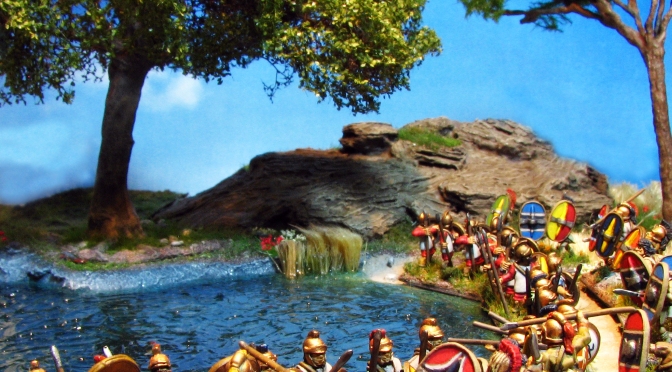Ageinst him where he sat
A goodly Elme with glistring grapes did growe: which after hee
Had praysed, and the vyne likewyse that ran uppon the tree:
But if (quoth hee) this Elme without the vyne did single stand,
It should have nothing (saving leaves) to bee desyred: and
Ageine if that the vyne which ronnes uppon the Elme had nat
The tree to leane unto, it should uppon the ground ly flat (Ov. Met. 14.661-665).
Publius Ovidius Naso (43 BCE to 17/18 CE) is famous for his love poems (Amores) and his mythological narrative Metamorphoses. In the short piece above taken from the latter work he describes casually a then very common form of viticulture and uses it as a metaphor for marriage. He already uses this simile in his Amores in the well-known phrase “Elmes love the Vines, the Vines with Elmes abide” (Ov. Am. 2.16.41). The relationship of vine and elm tree (or growing wine on trees as a support in general) is a long-standing one and continued in Italy well into the 20th century (cf. Fuentes-Utrilla, López-Rodríguez & Gil, 2004).
Nowadays this form of viticulture is very uncommon, but nevertheless sparked my interest. More importantly it also spawned a new project – the very raison d’être for this post: a modular skirmish board set during the Second Punic War featuring a villa rustica complete with vineyard, olive grove and orchard.
In a multi-part tutorial I will guide you through the creation process from the early planning stages to the final piece. In this first part we will look at the design of the modules, historical considerations when it comes to depicting a Roman vineyard complete with villa rustica and finally we will also have a look at some Agema miniatures to provide some suitable skirmish forces.










